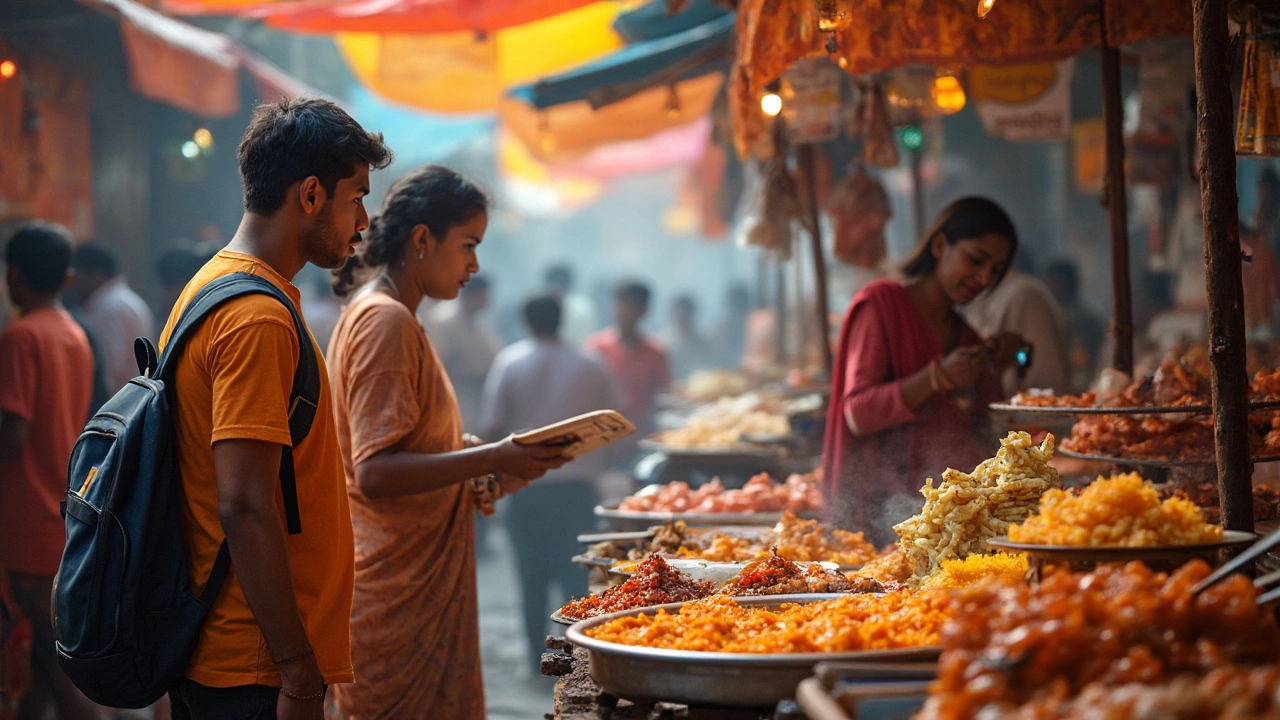Indian Street Food Safety: How to Enjoy Authentic Snacks Without Getting Sick
India’s streets are a food lover’s playground, but a few simple checks can keep the adventure tasty and safe. Below are practical habits you can use today, whether you’re strolling through Delhi’s lanes or grabbing a quick bite in Bangalore.
Spotting Clean Stalls and Vendors
First thing you see – the stall’s appearance. Look for a tidy workspace, covered food, and a vendor who washes hands regularly. A clear, flowing water source nearby is a good sign. If the chef is using gloves or a clean ladle, that’s even better.
Check the cooking temperature. Food that’s sizzling on a hot griddle or boiling in a pressure pot is less likely to harbor harmful germs. Avoid anything that’s been sitting out for a long time, especially salads, chutneys, and fruit that’s cut and left uncovered.
Notice the waste management. A trash bin kept far from the cooking area and regular removal of garbage indicate the vendor cares about hygiene. When in doubt, ask the vendor how long the batch has been cooking – most honest sellers will tell you.
Smart Ways to Store and Reheat Street Food
If you buy a large portion, get it in a clean, airtight container. This stops bacteria from spreading and keeps the flavor fresh. When you get home, reheat the food to at least 75°C (165°F). A quick microwave blast or a hot skillet works fine for most snacks.
For items like samosas or pakoras, a light drizzle of oil and a quick fry in a pan restores crispness without over‑cooking. Avoid reheating rice dishes more than once – leftover biryani should be eaten within two hours of cooking or stored in the fridge.
When you’re on the move, keep perishable items cool with an insulated bag or a small cooler pack. This is especially important for dairy‑based chaat or yogurt sauces that spoil quickly in the heat.
Trust your senses. If something smells off, looks discolored, or feels slimy, ditch it. Your gut is a good early warning system – better to miss a tasty bite than risk a stomach upset.
By scanning stalls, checking temperatures, and handling leftovers properly, you can savor everything from crispy bhujia to steaming dosa without worry. Street food is part of India’s soul; a few safety habits let you enjoy it fully, guilt‑free.
Next time you’re tempted by that glowing vendor, remember these quick checks. You’ll still get the flavor punch, but with a lot less risk. Happy eating, and stay safe on the streets!
What Not to Eat in India to Avoid Getting Sick
Wondering what foods to steer clear of in India to keep your stomach safe? This article breaks down the usual suspects—foods and drinks that travelers commonly regret eating. Get real tips on spotting dangerous foods, how to eat out safely, and how even locals stay healthy. If you want to explore Indian cuisine without those dreaded belly troubles, read this handy guide. Save yourself from a vacation ruined by food poisoning!
